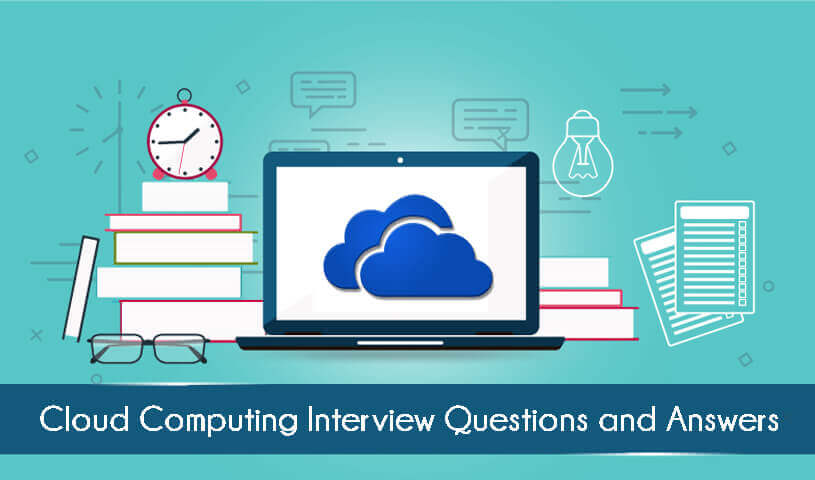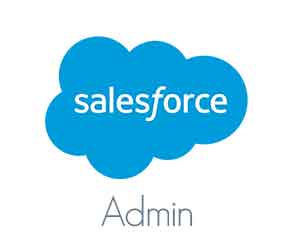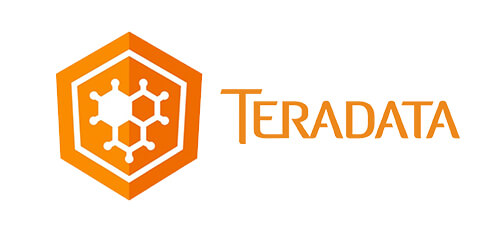
1.Compare cloud and On-premise Computing?
| Criteria | Cloud | On-premise |
|---|---|---|
| Initial cost | Low | High |
| Maintenance & Support | Hassle-free | Needs attention |
| Upgrade | Automatic | Manual |
| Scalability | Excellent | Good |
| Pay as you go | Yes | No |
2.What is a Cloud?
A cloud is a combination of networks, hardware, services, storage, and interfaces which helps in delivering computing as a service. It has three users:3.What is cloud computing?
It is advance stage technology implemented so that the cloud provides the services globally as per the user requirements. It provides a method to access several servers worldwide.4.What are the benefits of cloud computing?
The main benefits of cloud computing are:5.Mention the layers of PaaS Architecture?
Cloud ControllerStorage Services
Applications store in storage services
6.What are the cloud service Models?
7.What are the components of windows Azure?
Windows Azure platform services8.What are the Differences occurred in Distributed operation?
FC: Master-Slave operationsNova: Parallel process and its shared database.
9.Mention the Reliability and Availability of cloud computing.
Use of fault domains:Use of Upgrade Domains:
Storage and Network Availability:
10.Give an example for open source cloud computing.
OpenStack12.Why Hybrid clouds are so important?
Cloud Bursting: Access capacity or specialized software are available in public cloud and not in private cloud.Examples: Virtual Amazon and Dynamo
Leverage best of both worlds:
VCloud:
Openstack:
13.List the platforms which are used for large scale cloud computing.
The platforms that are used for large scale cloud computing are14.Mention the different type of models used for deployment in cloud computing.
He different deployment models in cloud computing are15.Explain the security Management in terms of cloud computing.
The Identity management access provides the authorization of application services.16.Which are the Layers that scope of cloud computing?
The different layers used by cloud architecture are as follows:17.Explain the full form and usage of “EUCALYPTUS” in cloud computing.
“EUCALYPTUS” full form stands for Elastic Utility Computing Architecture for Linking Your Programs to Useful Systems”.“Eucalyptus” is an open source software infrastructure in cloud computing, which enables us to implement clusters in cloud computing platform. It is mainly used to build public, hybrid and private clouds. It has the capabilities to produce your own data center into a private cloud and provides to use its all functionality for various other organizations.




